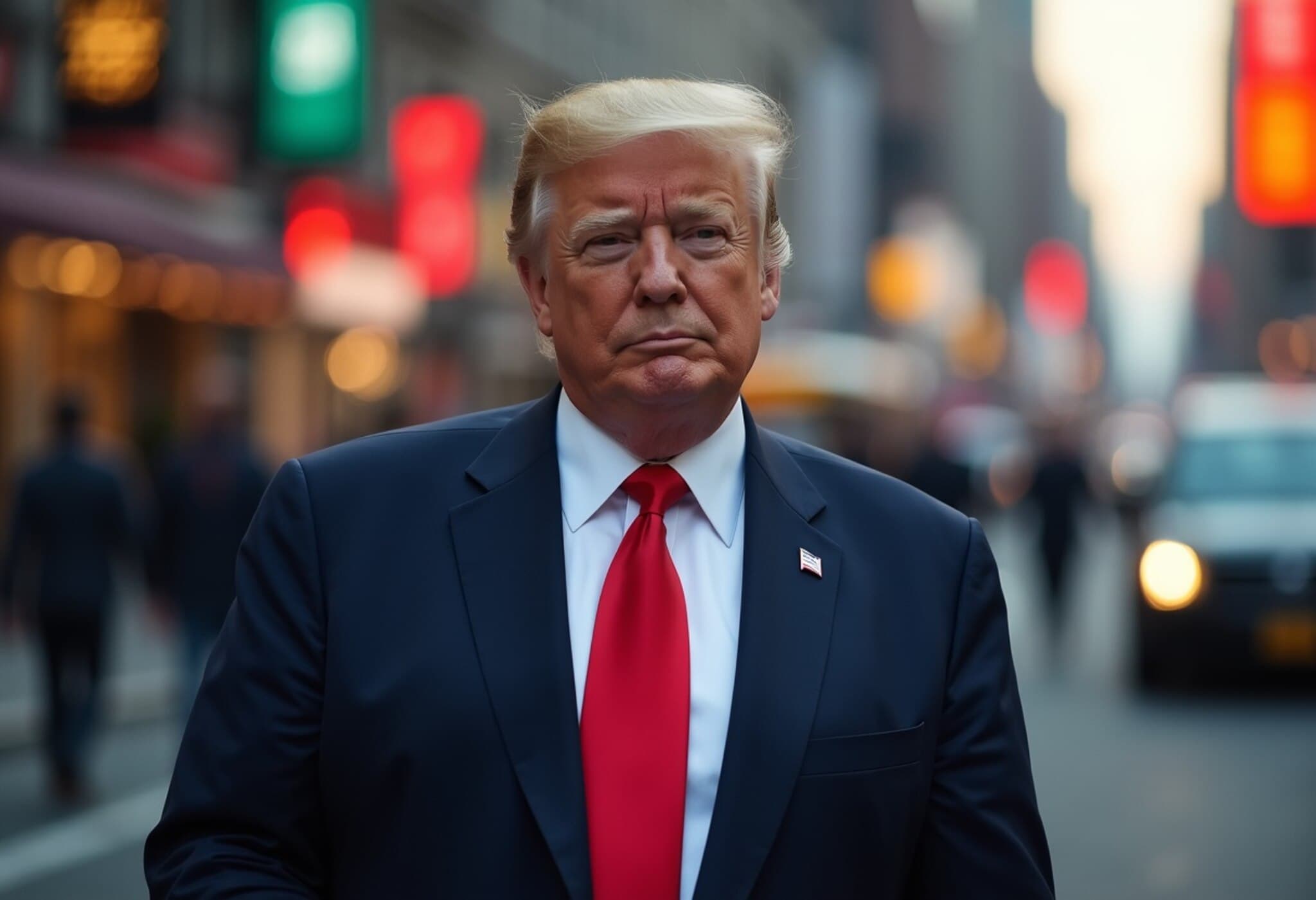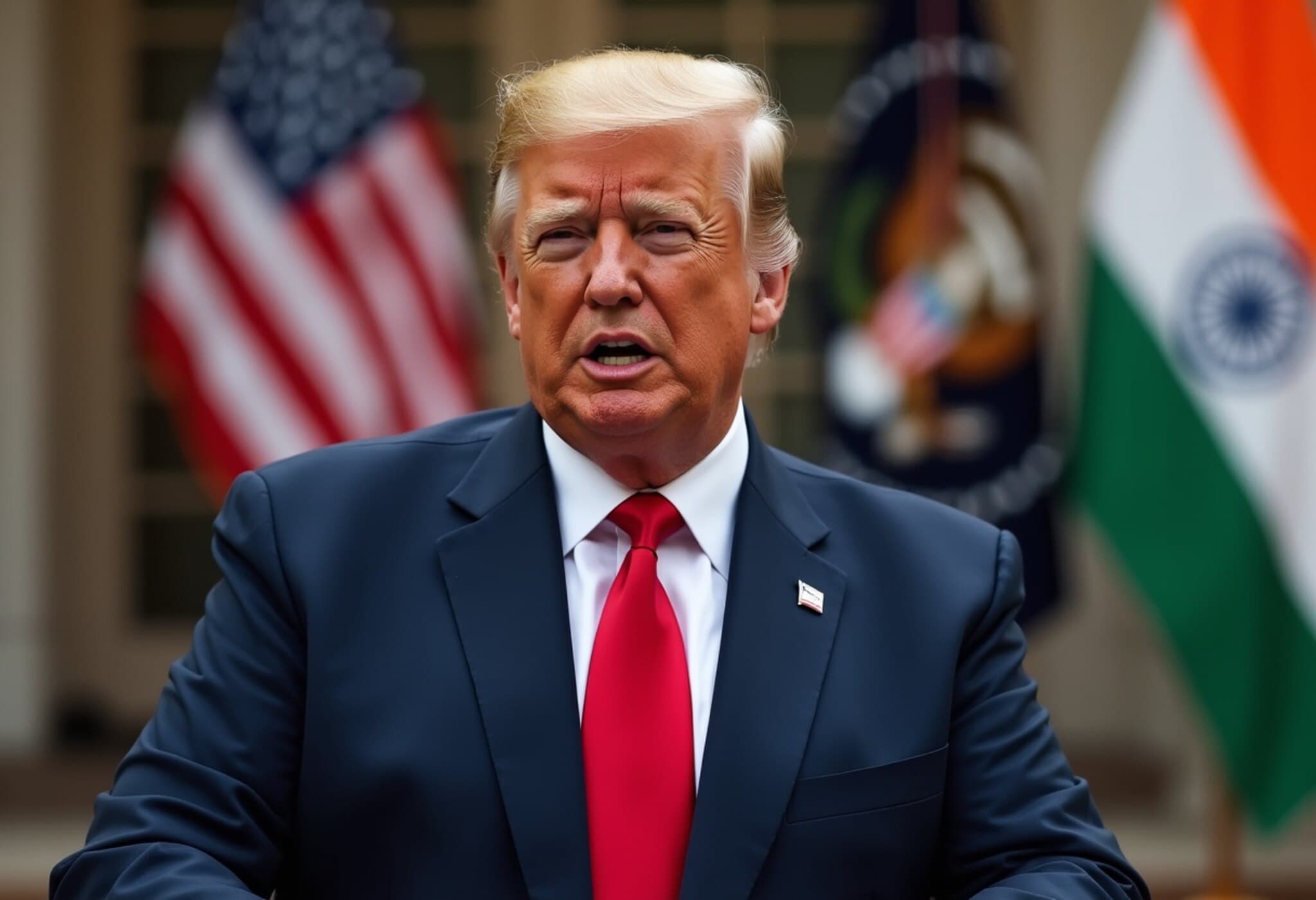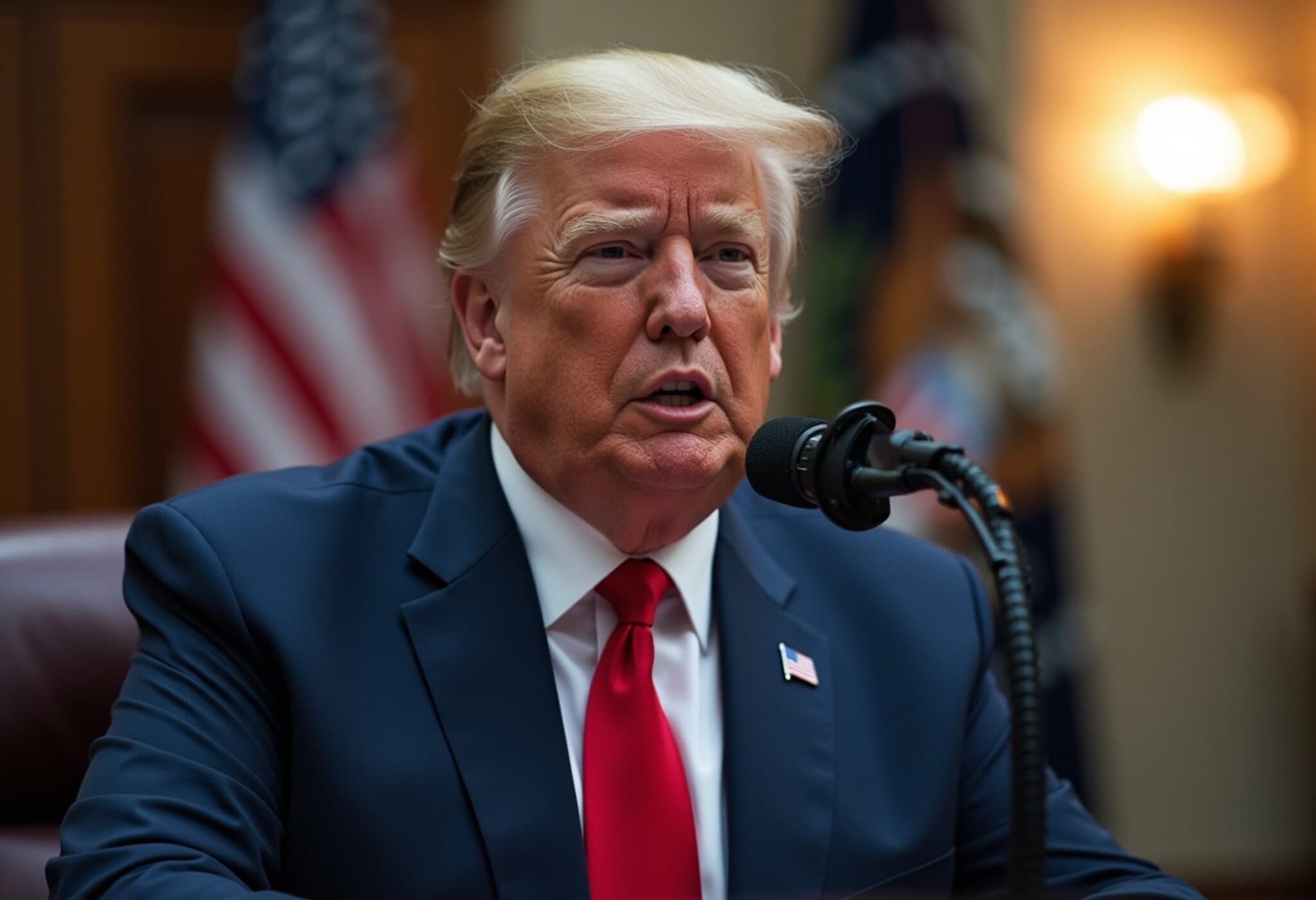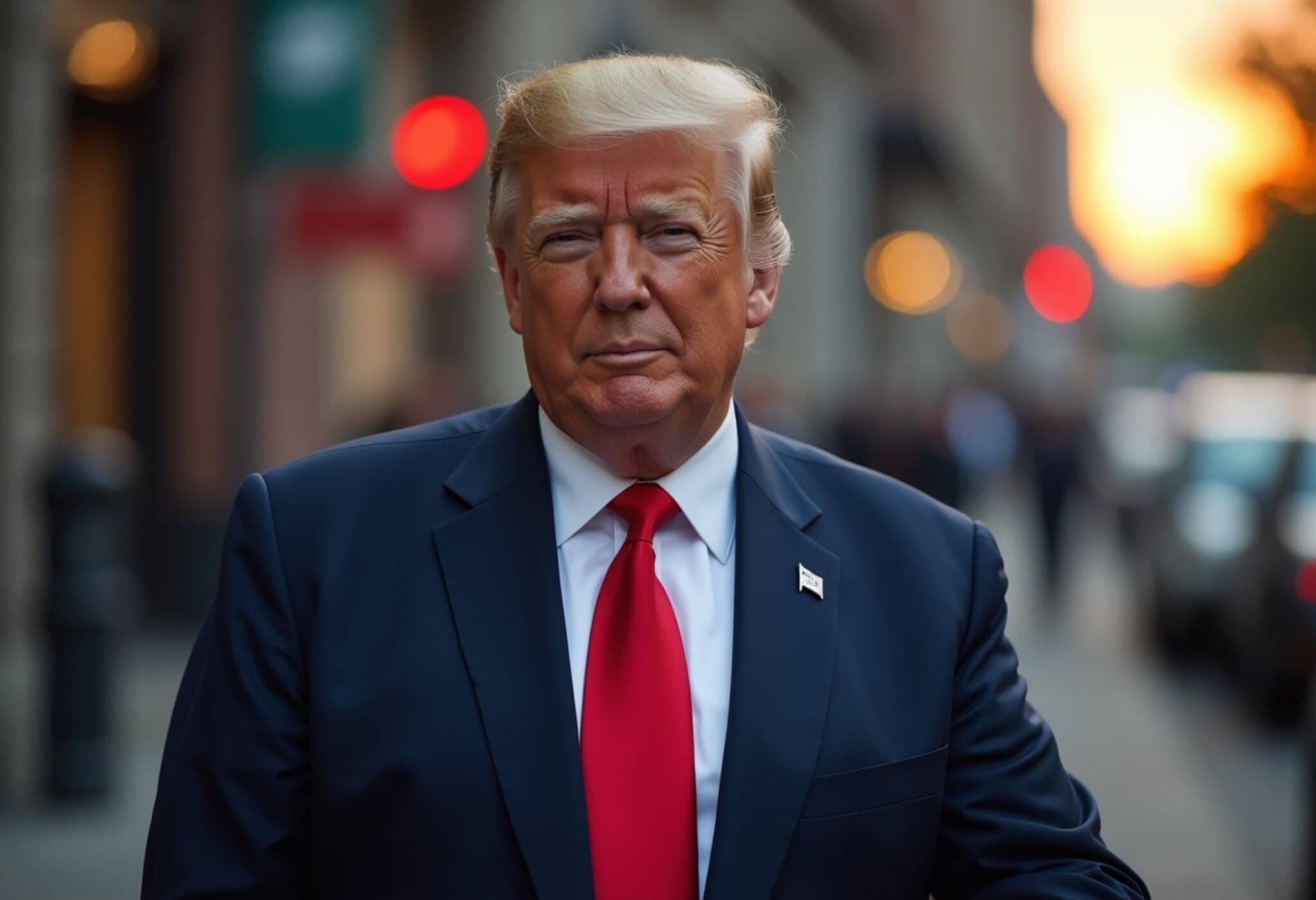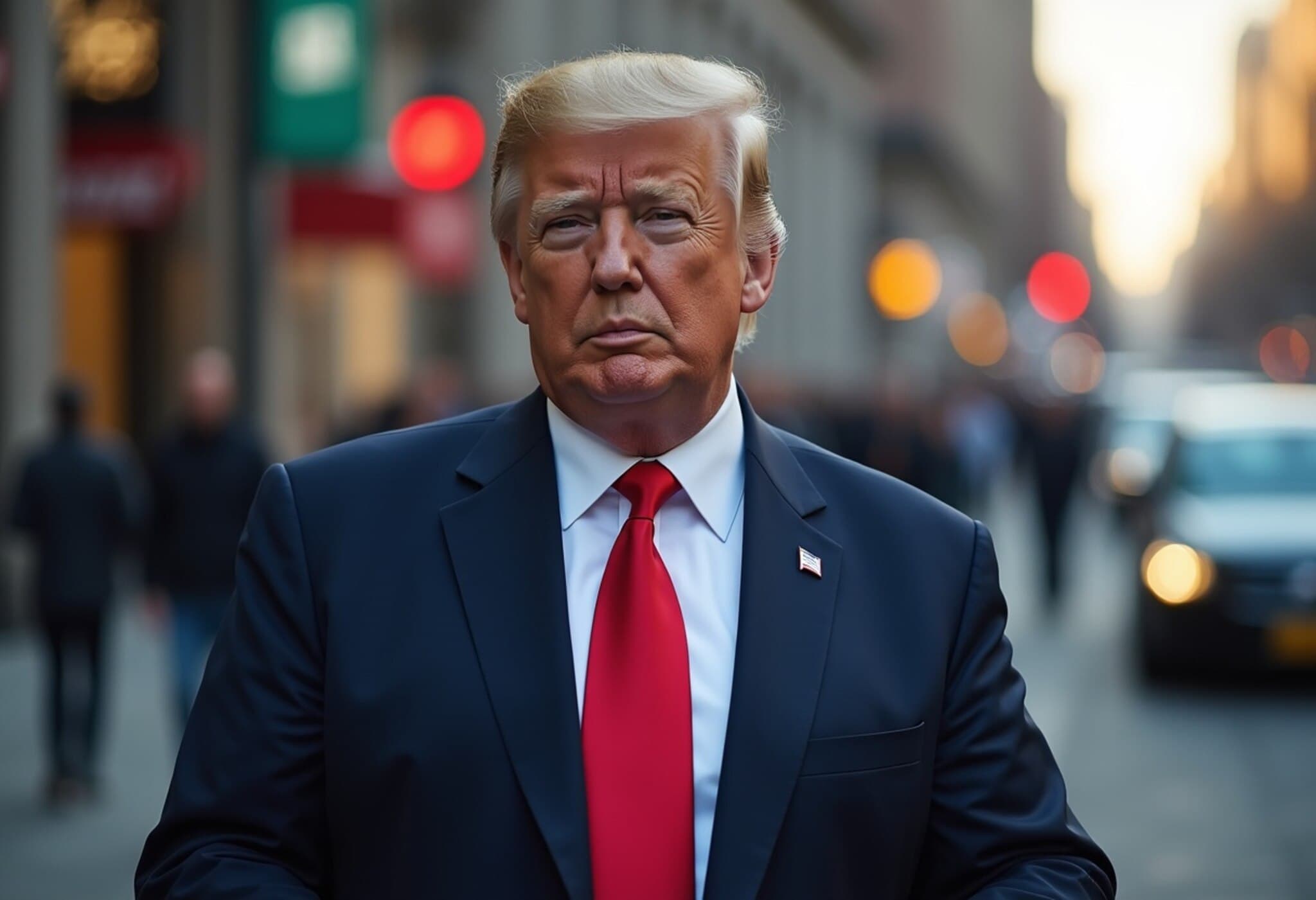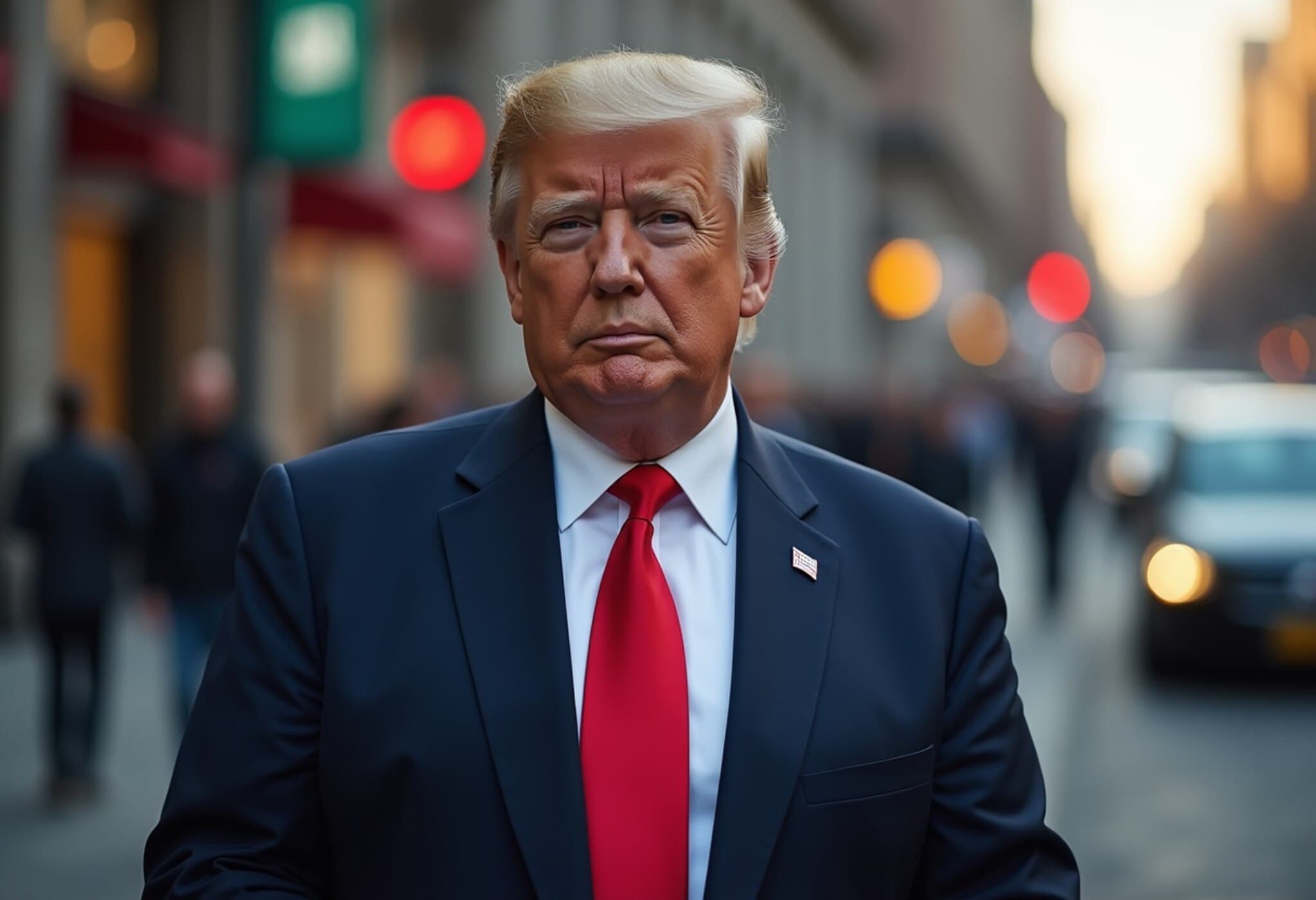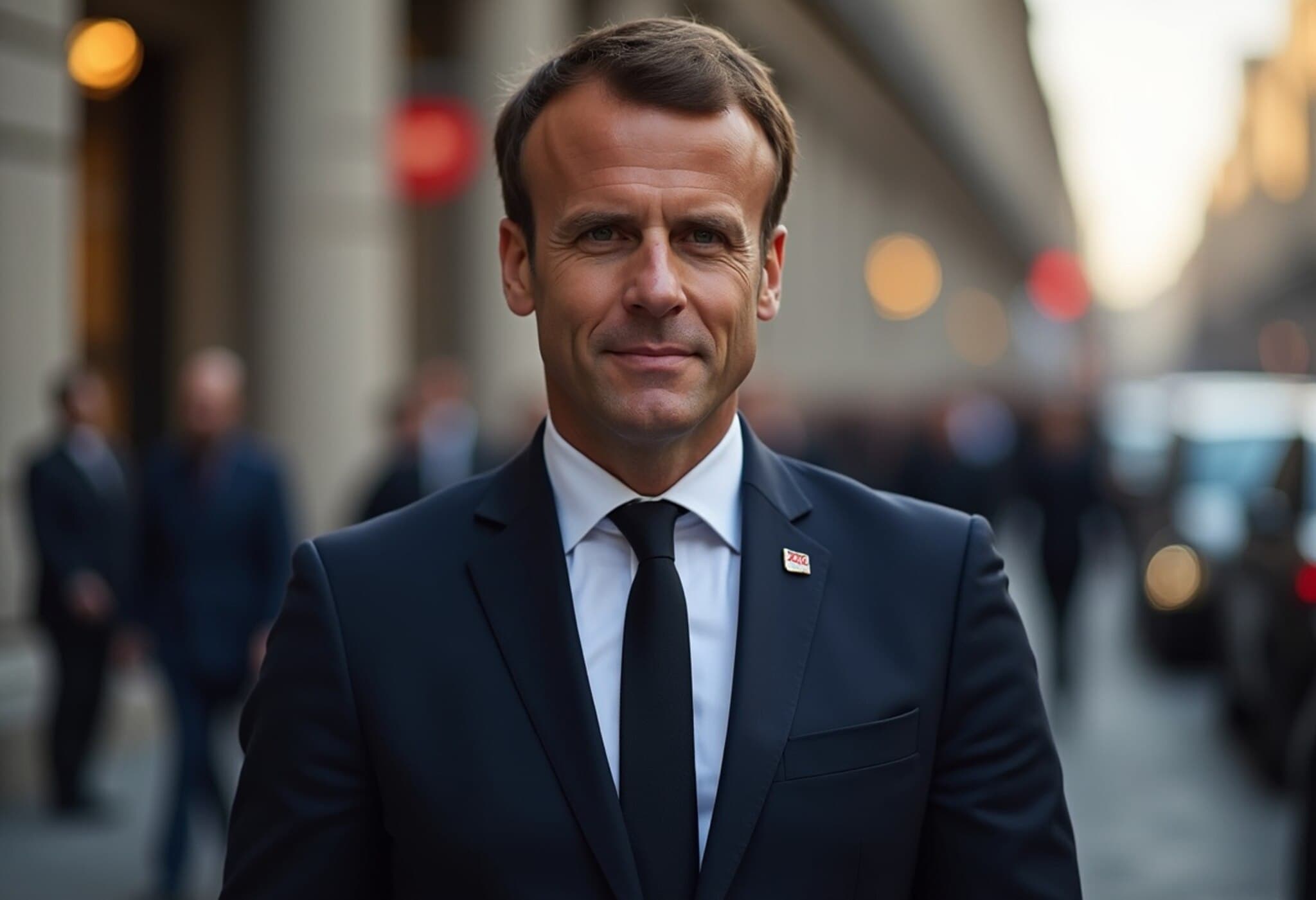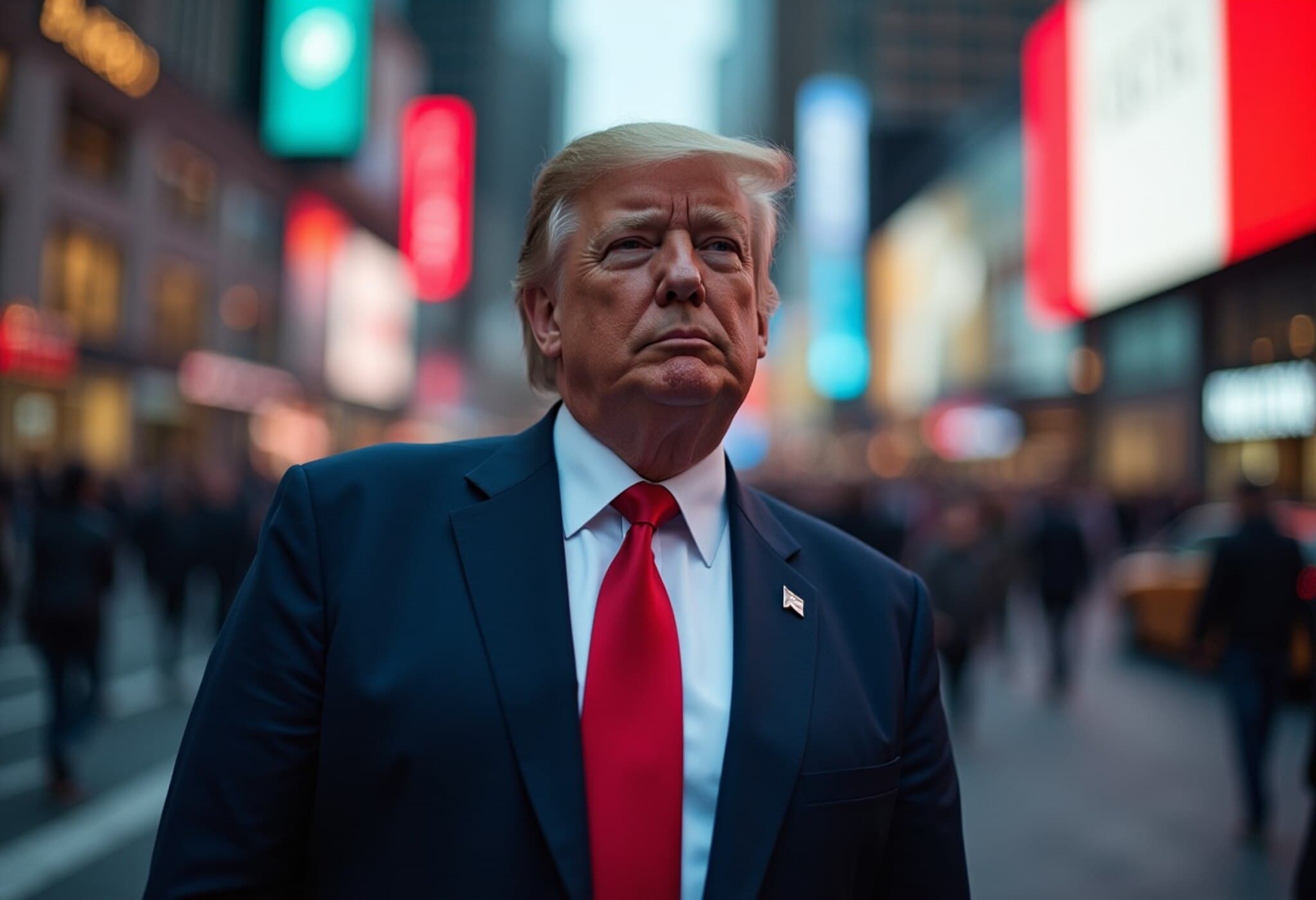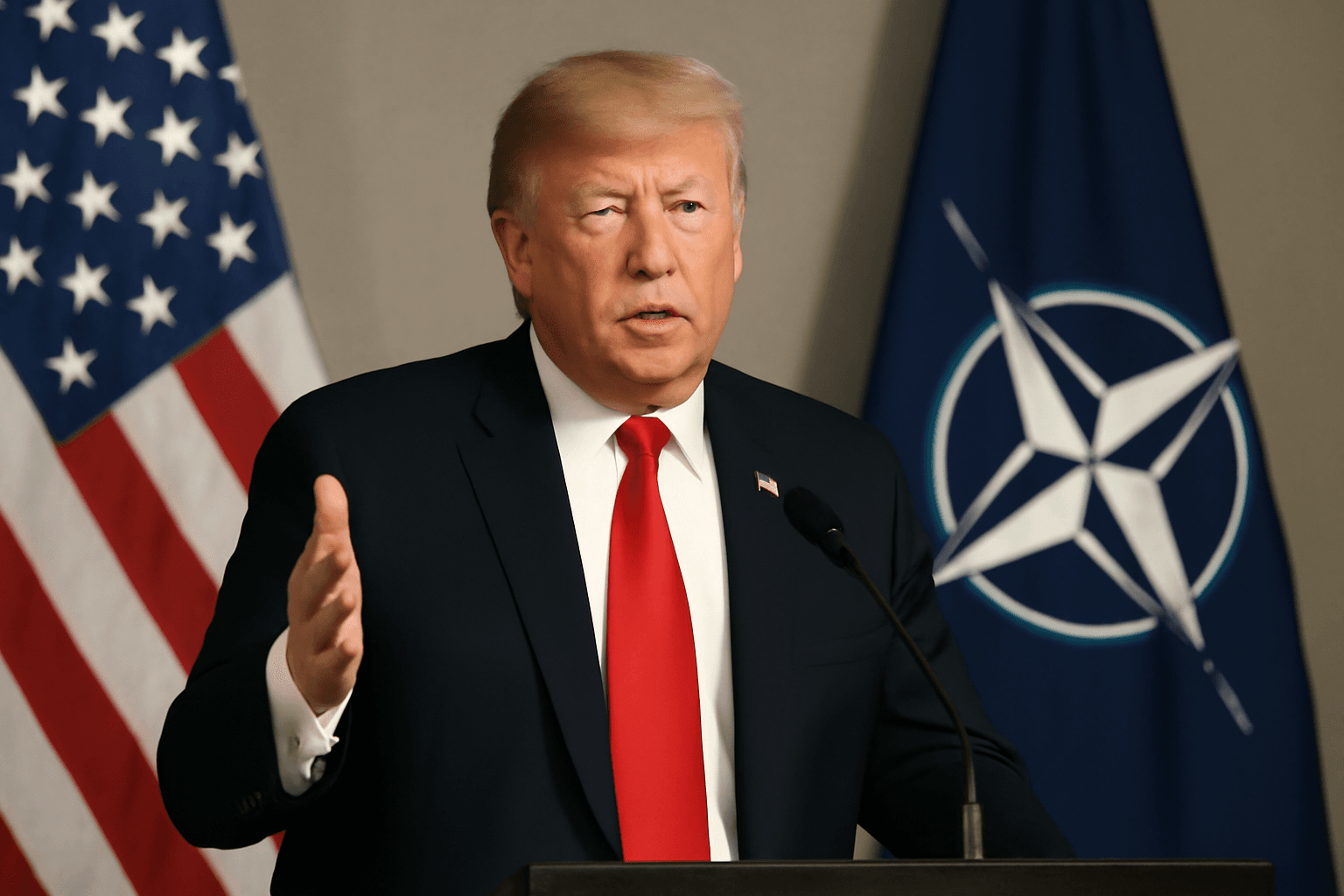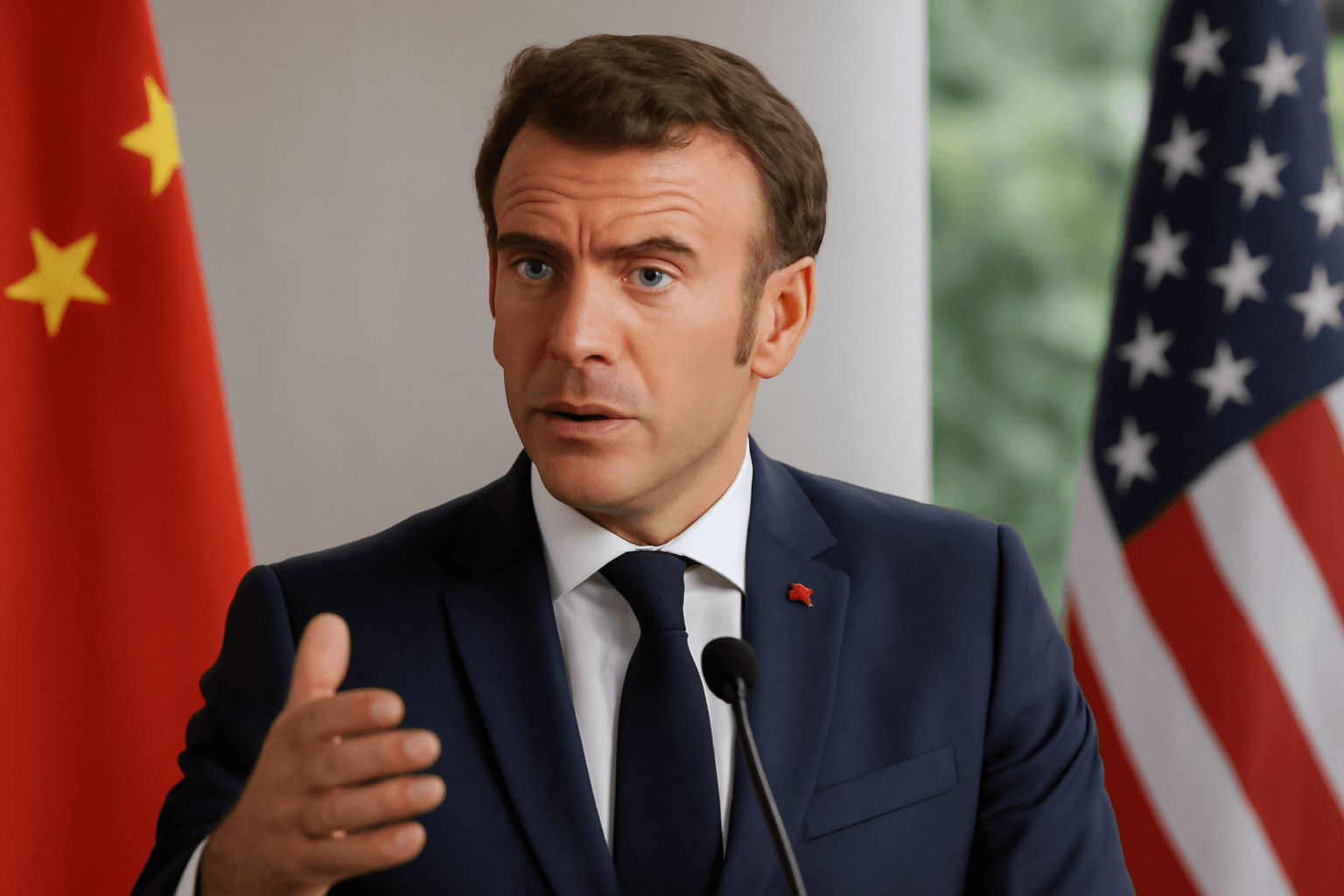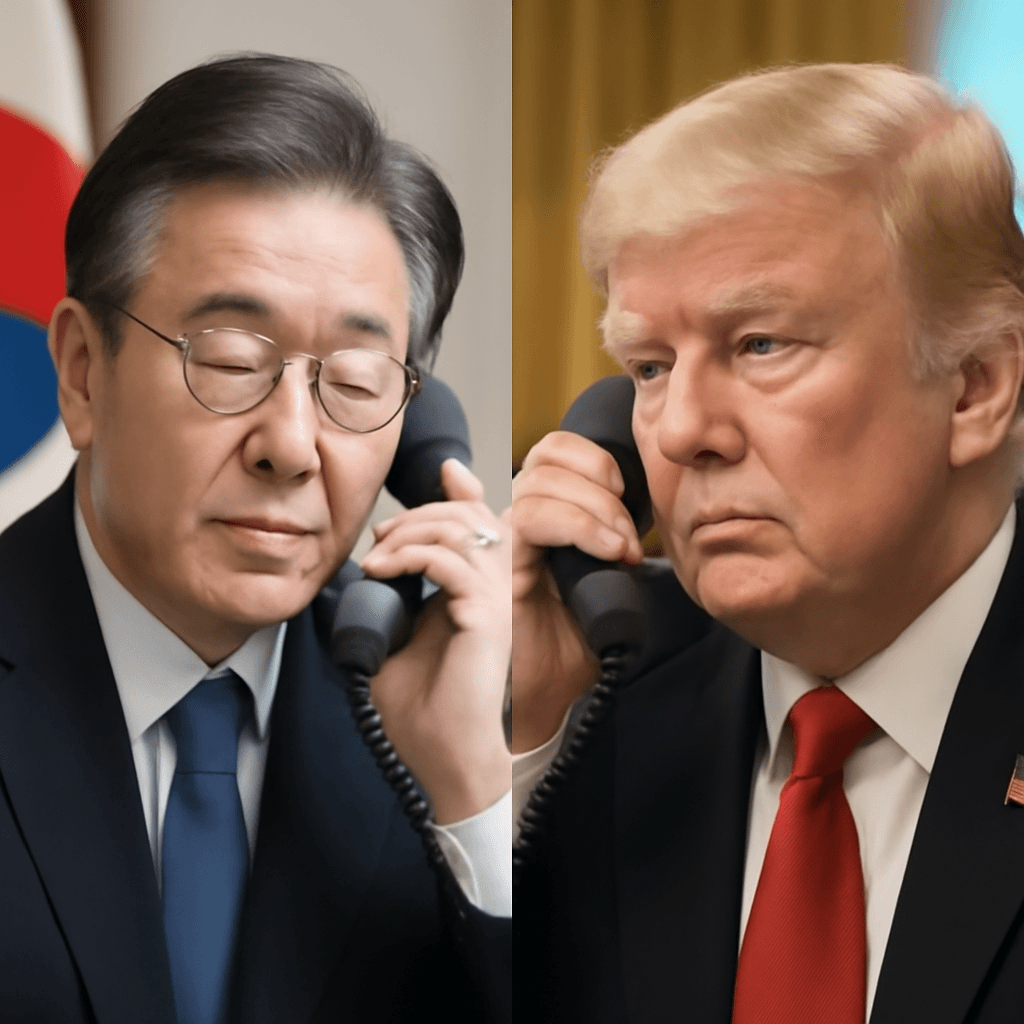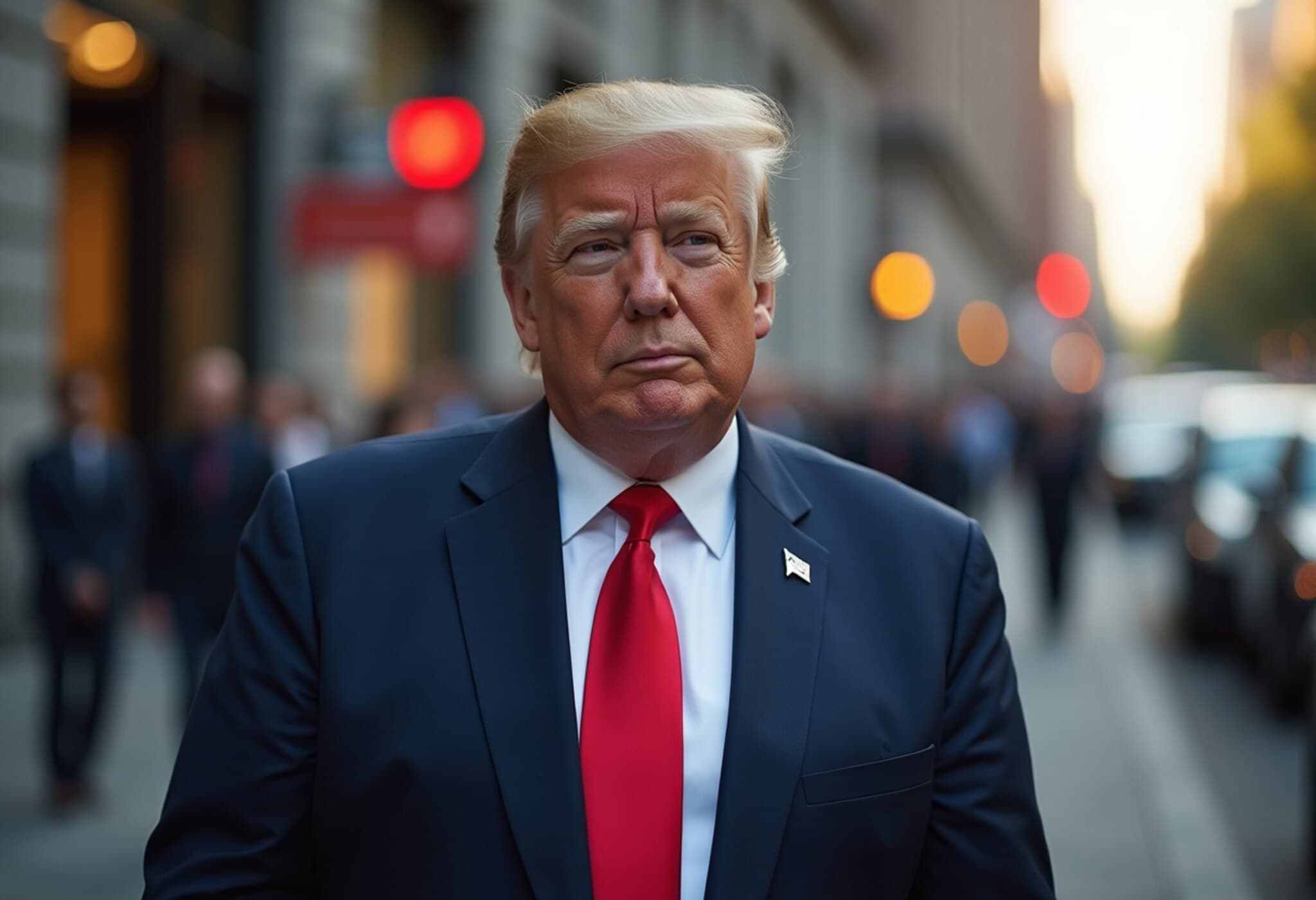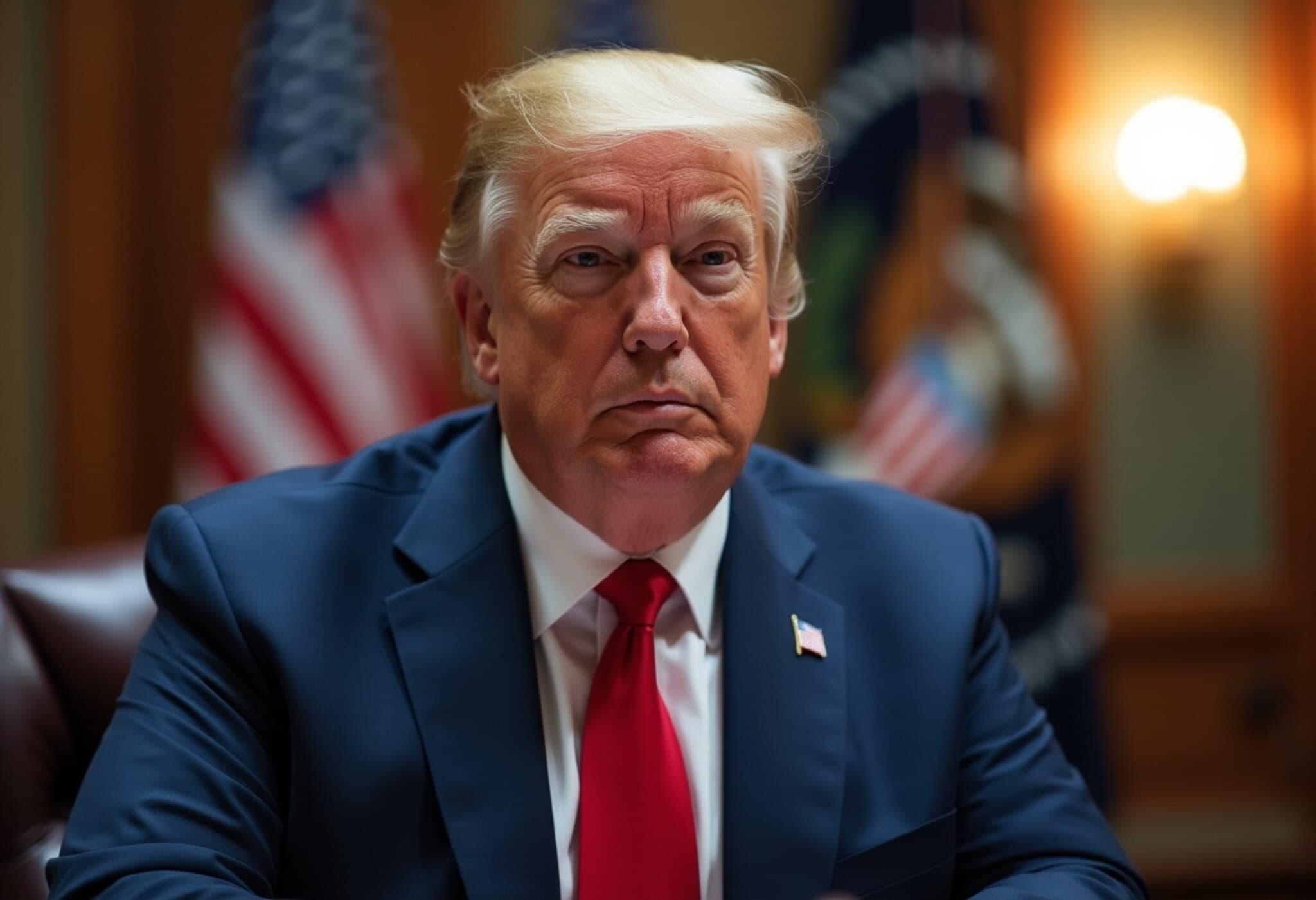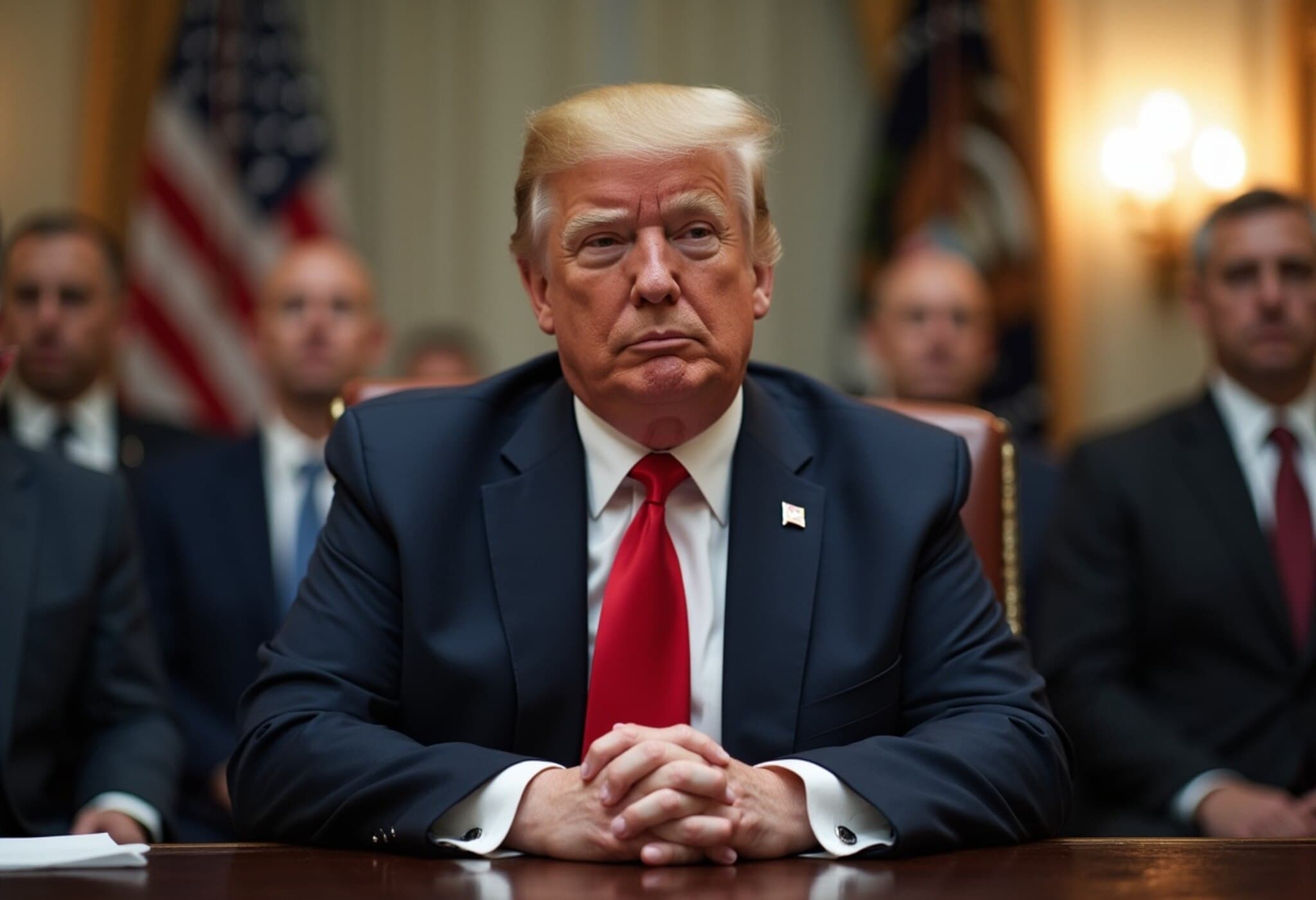President Trump Announces Broad New Tariffs Amid Growing Trade War Concerns
In a move stirring fresh anxiety across global markets, President Donald Trump formally announced sharp tariff increases on imports from a broad array of trading partners, ranging from economic heavyweights such as Japan and South Korea to smaller nations like Serbia, Tunisia, and Thailand. These new tariffs, scheduled to take effect on August 1, 2025, signify a new chapter in the trade confrontations ignited earlier this year and pose significant challenges for international trade relations.
Scope and Specifics of the Tariff Hikes
Through letters made public on the president's social media platform, Truth Social, Trump informed affected countries of the planned tariff increases, emphasizing a stern retaliatory policy. He stated, “If for any reason you decide to raise your Tariffs, then whatever the number you choose to raise them by will be added onto the 25 percent that we charge.” This hardline stance underscores a tit-for-tat strategy designed to deter trade partners from escalating barriers.
The new tariffs vary by country, with rates ranging from 25 percent on countries like Tunisia and Malaysia to as high as 40 percent on Laos and Myanmar. Notably, these tariffs will not stack on pre-existing sectoral tariffs such as those targeting automobiles, steel, and aluminum, maintaining sector-specific tariffs at their current levels rather than allowing cumulative increases.
Extended Negotiation Window Amid Uncertainty
While Monday’s announcement signaled strict deadlines, the White House extended the negotiation period to August 1, offering a potential but limited window for diplomatic engagement. Trump clarified that although the August 1 deadline is “firm, but not 100 percent firm,” the administration remains open to alternative solutions if they arise from ongoing talks.
So far, negotiations have yielded mixed results. Only two agreements— with South Korea and Vietnam—have been secured to delay or mitigate tariff impositions, leaving many countries in precarious positions. South Korea’s Industry Ministry welcomed the extension and pledged to intensify efforts for a mutually beneficial resolution to alleviate tariff-related uncertainties.
Implications for Global Trade and U.S. Alliances
Trade experts, including Wendy Cutler, Vice President of the Asia Society Policy Institute, expressed disappointment over increased tariffs on key U.S. allies but maintained cautious optimism for a breakthrough. The president’s decision to impose tariffs on close allies like Japan and South Korea risks straining diplomatic ties and complicating long-standing economic partnerships.
Meanwhile, the European Union has so far avoided direct tariff notices but remains in negotiations to avoid disruptions. EU officials continue to balance between pushing for quick, attainable trade deals and wielding economic leverage to negotiate more favorable terms. European Commission President Ursula von der Leyen described recent discussions with Trump as a “good exchange,” though concrete breakthroughs remain elusive.
Additionally, Trump has threatened further tariff actions targeting EU agricultural goods and warned members of the BRICS grouping—Brazil, Russia, India, China, and others—of potential 10 percent tariffs, should they adopt policies deemed “anti-American.” This rhetoric signals a broader U.S. strategic posture seeking to assert dominance amid shifting global economic alliances.
Market Reactions and Economic Risks
Since April, when the global trade war escalated, financial markets have experienced heightened volatility, with investors and policymakers scrambling to gauge risks and shield economies from fallout. The unpredictability of U.S. trade policies continues to unsettle supply chains and investment decisions worldwide, prompting fears of prolonged protectionism that could slow global economic growth.
Expert Commentary: Navigating a Complex Trade Landscape
From an American policy perspective, these tariff extensions raise critical questions about balancing national economic interests with global supply chain realities. While tariffs aim to protect U.S. industries and jobs, they often lead to increased costs for consumers and businesses reliant on imported goods.
The extension of tariffs to smaller economies also reflects an effort to pressure all trading partners toward reciprocal concessions, but this approach risks alienating nations crucial for the U.S. strategic and economic footprint abroad. The delicate interplay between economic protectionism and diplomatic relations requires nuanced management, lest prolonged tensions undermine American interests in geopolitical arenas.
Looking Ahead: Key Questions for Stakeholders
- Will ongoing negotiations before August 1 yield compromises to ease tariff impositions?
- How might increased tariffs on close allies influence U.S. geopolitical alliances and global trade frameworks?
- What are the potential impacts of escalating U.S. tariffs on global supply chains and consumer prices domestically?
- Could the threat of additional tariffs on BRICS members reshape emerging market alliances in response to U.S. protectionism?
Editor’s Note
President Trump’s latest tariff announcements underscore enduring tensions in the global trade arena, highlighting the complexities of balancing economic strategy with international diplomacy. As nations brace for economic ripple effects, the unfolding negotiations could redefine trade relations for years to come. For American policymakers and businesses alike, vigilance and adaptable strategies will be essential as this dynamic situation evolves.

